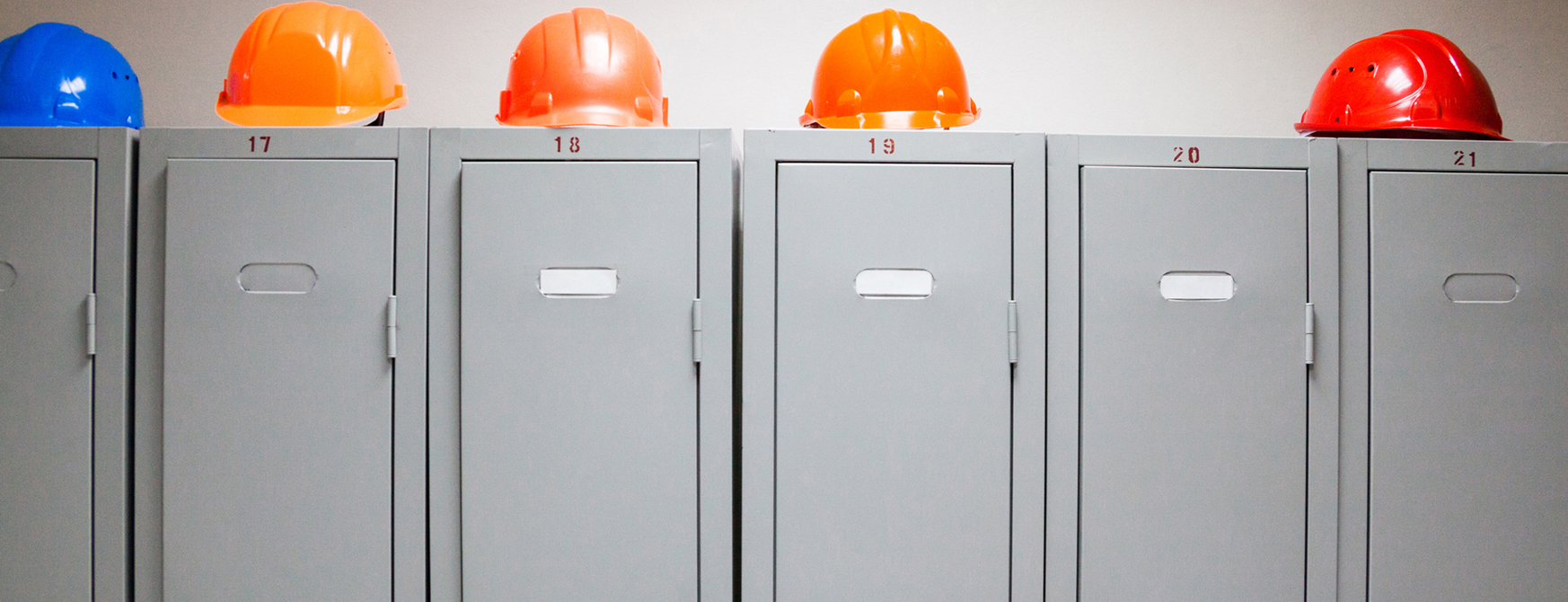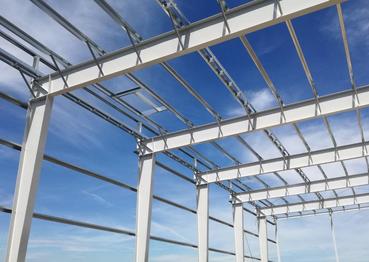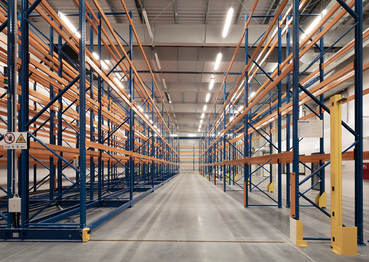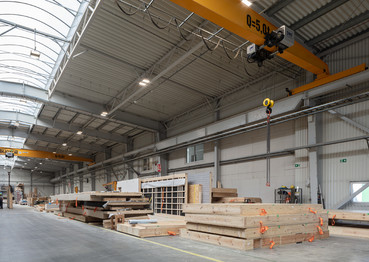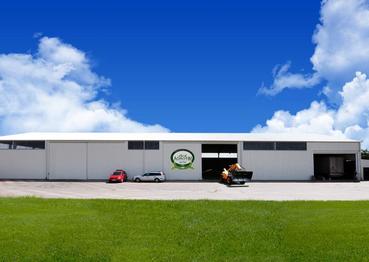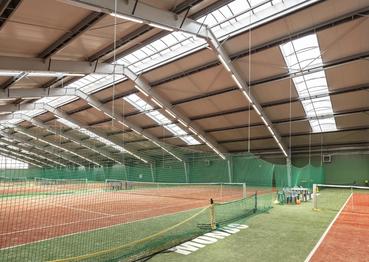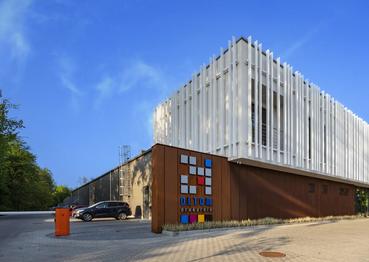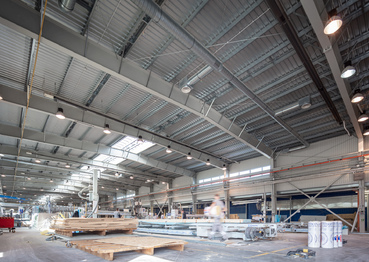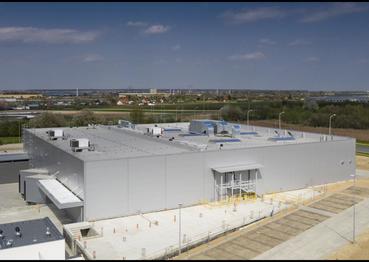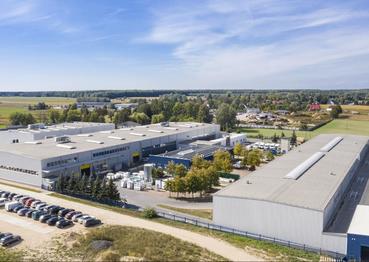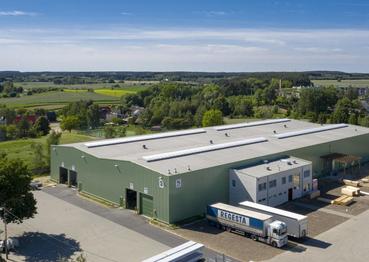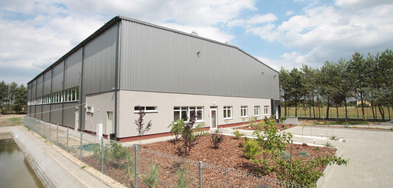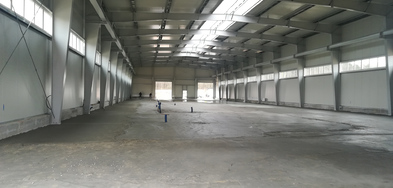When deciding to construct a steel hall, you must ensure appropriate conditions of storing the employees own, working and protective clothing in it. When organising the rooms for this purpose, you should keep in mind both the type of used clothing, conditions of its use, type of executed works and degree of an employee’s exposure to body dirt and clothing pollution with various substances.
Working conditions and the organization of the changing room
Basic changing rooms are dedicated mainly for employees at works not posing a risk of clothing pollution or wetting. At the same time, they are designed to store the employees own and working clothing as well as personal protective equipment.
In the case of works under conditions that cause significant clothing dirt or wetting, you should arrange an independent working and protective clothing changing room as well as an own clothing changing room.
If the work causes intense dirt or is associated with the use or secretion of toxic, infectious, irritating, dusty or smelly substances, you must reallocate space for a changing room with air-lock. Customarily, it is composed of a part for the employees’ own clothing and a part for working clothing and personal protective equipment as well as sanitary unit connecting both parts – then, the employees’ movement should be only through a sanitary unit with showers.
General provisions and the organisation of employee changing rooms
According to the law, the changing rooms must be in rooms separated for this purpose, subject to the fact that they should be separate for men and women. It is acceptable to locate them in basements if proper thermal insulation and waterproofing are executed. This solution determines an additional requirement of ensuring adequate conditions of evacuation.
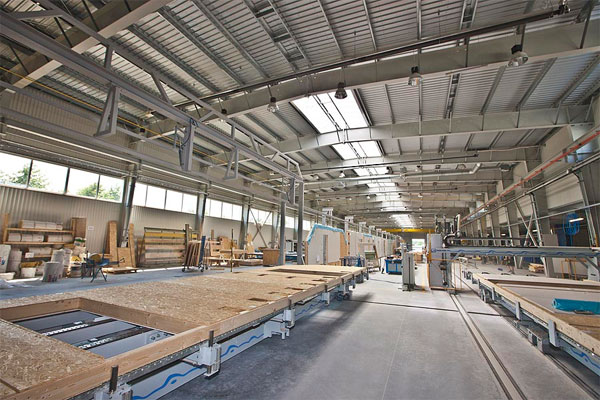 The interior of the Danwood’s manufacturing hall (see realisation)
The interior of the Danwood’s manufacturing hall (see realisation)
Employees’ changing rooms – surface and space requirements
The changing room should be equipped with heating devices, so that the temperature in it would not fall below 24°C. The rooms in the changing room should be at least 2.5 m high. However, given the fact that the height of wash basins adjacent to the changing room should be 3.0m, the height of the changing room is the same.
In the own clothing changing room, there should be at least 0.3 m2 of free floor space per each employee using this room. You must also remember that in the changing room, there should be a wardrobe for individual use by each employee.
Basic changing rooms should be in a room, where there is at least 0.5 m2 of free floor space per each employee using them. You should also remember about allocating the space in it for two single wardrobes or one double wardrobe, in which one part will be for working clothing and the other one for the employees’ own clothing. A water basin should be adjacent to the changing room.
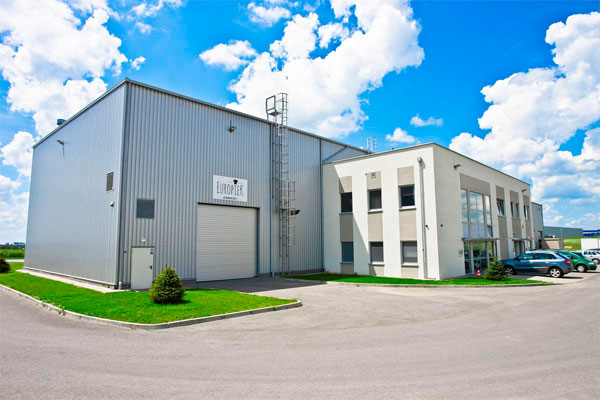 MPC Metal’s manufacturing and storage hall (see realisation)
MPC Metal’s manufacturing and storage hall (see realisation)
Between the rows of wardrobes and the wall, there should be ensure an aisle with a minimum width of at least 110cm. The width of the aisle between two rows of wardrobes and the width of the main passageways should be 150cm. You should also remember to provide seating for at least 50% of people employed on the most numerous shift. In the changing room, at least four-fold air exchange per hour must be provided.
In the case of rooms equipped with openable windows and intended for a maximum of 10 employees, there may be two-fold exchange per hour. In changing rooms for over 25 employees, you should perform a mechanical ventilation.
Provisions relating to the organisation of the employees’ changing rooms are strict. When deciding to commence the investment, which is, for example, construction of the hall, where humans will work in the future, it is worth keeping in mind all the factors that may affect the layout of the space in the changing room. These include such elements as: number of employees, their gender or the type of performed duties.



